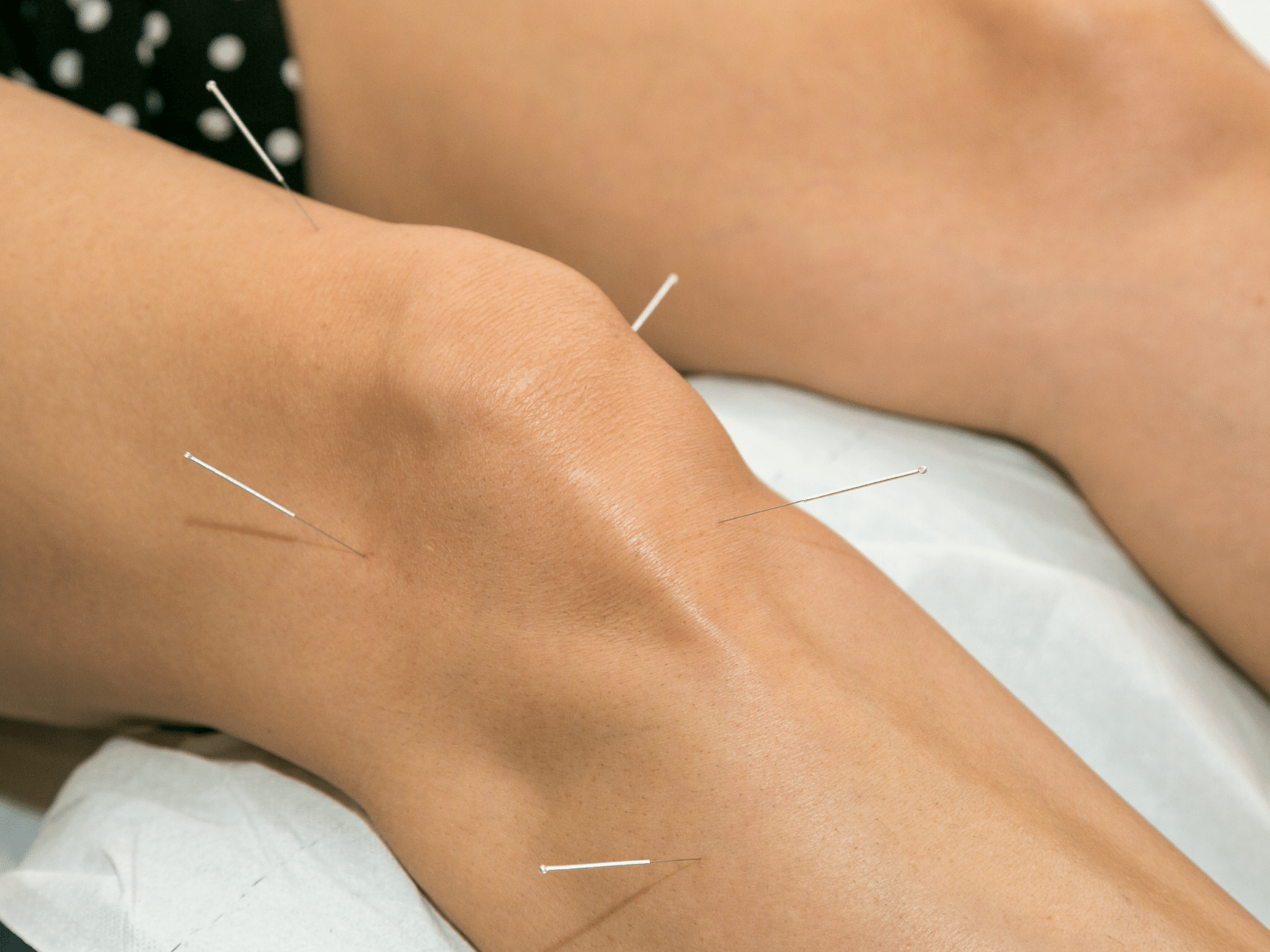Understanding Dry Needling: A Targeted Approach to Pain Relief
At Technique Health & Fitness, we believe in evidence-informed care that targets the root of your discomfort, not just the symptoms. One increasingly popular treatment in physiotherapy and rehabilitation is dry needling, a technique used to reduce pain, release tight muscles, and restore movement. But what exactly is it, and how does it work?
What Is Dry Needling?
Dry needling is a therapeutic technique where a trained practitioner inserts very thin, sterile needles into or near trigger points, tight bands or knots within a muscle. These are areas that may be tender to the touch and can refer pain to other parts of the body.
The term “dry” refers to the fact that no medication is injected; the needle alone creates the therapeutic effect. It works by stimulating a physiological response in the muscle and nervous system, often leading to muscle relaxation and improved mobility.
How Does Dry Needling Work?
When a needle is inserted into or near a trigger point, it may cause a local twitch response, a quick involuntary contraction of the muscle. This response is a sign that the muscle is releasing built-up tension and may help improve blood flow and reduce sensitivity.
Research suggests that dry needling helps by:
Decreasing pain through stimulation of the nervous system
Improving range of motion and flexibility
Reducing muscle tightness
Helps stimulate the body’s natural healing response, drawing increased blood flow, white blood cells, and plasma cells to the area to support tissue repair.
While the mechanisms are still being explored, studies show it can be effective when used alongside other rehab and strength-based treatments.
Dry Needling vs. Acupuncture: How Are They Different?
Dry needling and acupuncture often get confused, but they come from different backgrounds and serve different purposes, despite using similar tools.
Both techniques involve inserting thin, sterile needles into the body, and both can help relieve tension and pain.
Acupuncture is based in Traditional Chinese Medicine and focuses on balancing the body’s energy (qi) by stimulating specific points along meridians. It’s used for a wide range of physical and emotional conditions, often as a holistic therapy.
Dry needling, on the other hand, is grounded in modern Western medicine and anatomy. It targets trigger points, tight bands or knots in muscles, to reduce pain, improve mobility, and restore function. It’s typically used within a physiotherapy or rehab setting to address specific musculoskeletal issues.
At Technique, we use dry needling as part of a broader plan to improve movement and relieve discomfort, always tied to your clinical assessment and goals.
What Can Dry Needling Help With?
Dry needling can benefit people dealing with a variety of conditions, including:
Muscle pain and tension
Sports-related injuries
Headaches and jaw pain (TMJ)
Shoulder, neck, and back issues
Chronic conditions like fibromyalgia or myofascial pain syndrome
It’s particularly useful when paired with hands-on therapy, mobility work, and a strength & conditioning plan.
What to Expect During a Session
At Technique, dry needling is always performed by qualified practitioners who understand the anatomy and clinical reasoning behind the technique. Here's what a typical session might include:
A thorough assessment to understand your symptoms and goals
Discussion of whether dry needling is appropriate for you
Targeted needling of specific muscles or trigger points
Integration with other therapies such as manual therapy or movement-based rehab
Is it painful?
Most people describe the sensation as a quick twitch or deep ache rather than sharp pain. You might feel a brief muscle spasm or cramping sensation as the needle hits a trigger point, followed by a feeling of release. Post-treatment soreness, similar to how you’d feel after a tough workout, is normal and typically fades within 24–48 hours.
The intensity of the sensation varies depending on the area treated and individual sensitivity, but your therapist will always explain what to expect and adjust the technique to your comfort level.
Is It Safe?
Yes, when performed by a trained practitioner, dry needling is a safe and minimally invasive option. All needles are single-use and sterile, and safety protocols are followed closely. It's not suitable for everyone, though, your therapist will assess whether it's right for you based on your health history.
Interested in Trying Dry Needling?
If you’re dealing with persistent muscle tension, recovering from injury, or looking for ways to move better without pain, dry needling could be a valuable tool in your treatment plan.
Dry needling is available at our Bank, Vauxhall, and Liverpool St. locations.
Book a session or consultation today and learn how our team can help support your recovery and performance, with purpose.


